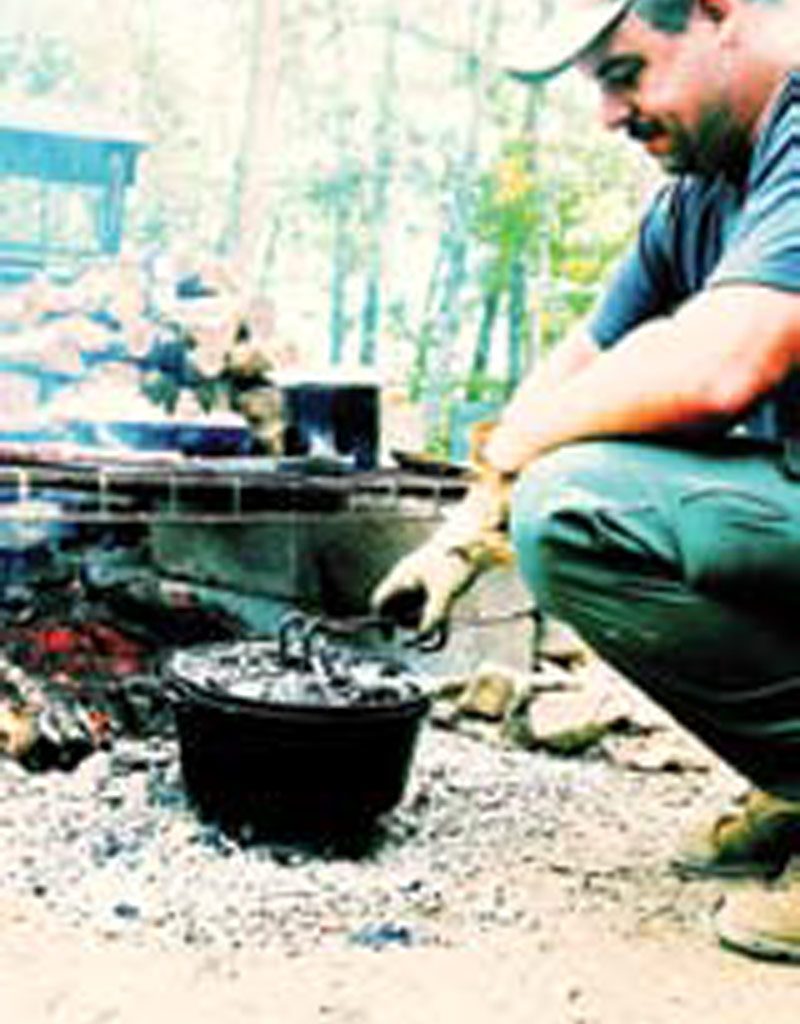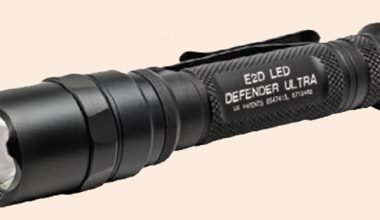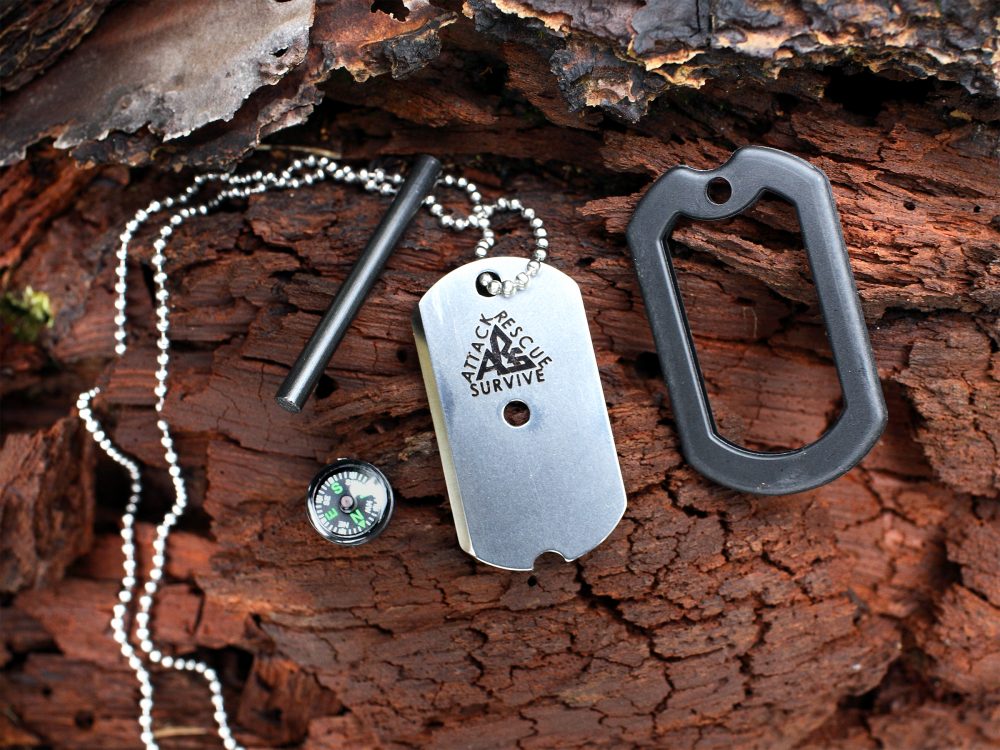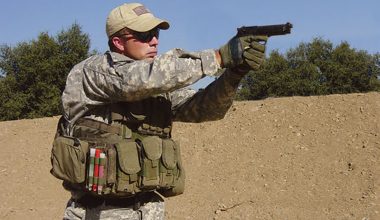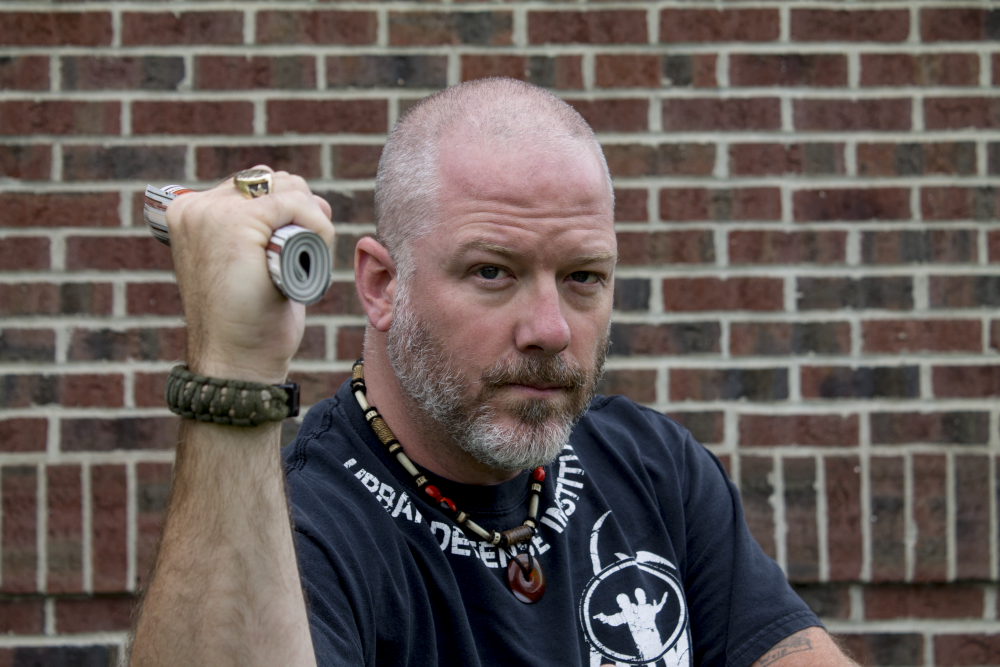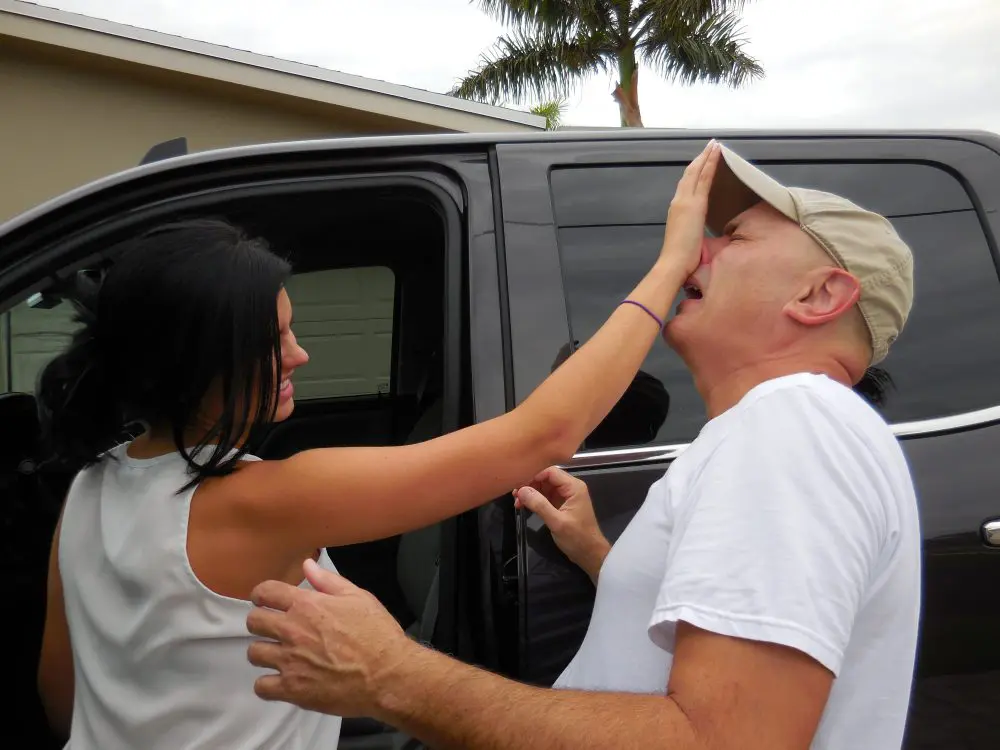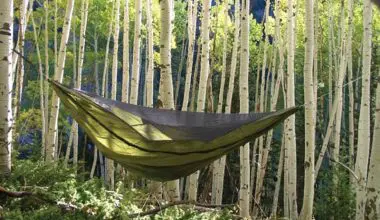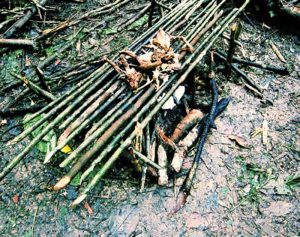
A child of the Great Depression, he knew how to get by in lean times and make do with available materials.
Survival enthusiasts are usually very good at building shelters, making fires and finding water. Many of us have stores of preserved food and water on hand in case of emergency. But what will you do when the time comes to cook your food and your usual cooking methods are not available? In an ideal world, you will always have a stove with plenty of fuel, but things don’t always work out that way. I agree with my grandfather—take the time now to learn how to cook food outdoors using a variety of methods. Be versatile because conditions and needs change.
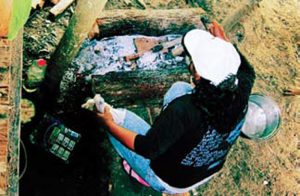
You may have heard the term “white man’s fire.” I take it to mean a massive fire built by people with very little experience cooking outdoors. I prefer to build a fire out of wood no bigger than wrist size and let it burn down to coals. Using small wood allows you to get to a cooking fire faster using less material. A fire from less wood means that you spent less energy gathering and processing wood.
The key to cooking outdoors is to produce even and predictable heat. It is possible to cook over an open flame, but coals without flame make the task easier. I saw a woman in the Amazon jungle cook a three-course meal for a dozen people by building a bed of coals between two parallel logs. The woman used the two logs to support pots for cooking and
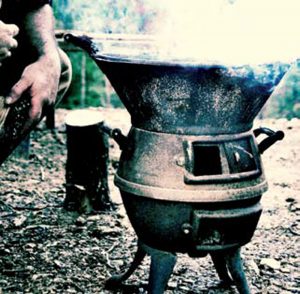
stove.
boiling water. Because she knew that the heat would be even, she could predict how long each item would take to cook. She could walk away from the fire and busy herself with other tasks, returning as needed to tend the food and fire.
If you don’t have a metal grill, you can fashion a grill from sticks. I learned how this was done on the Randall’s Adventure & Training trip to the Amazon jungle in May 2011. First we built a fire. As it was burning down to coals, we gathered four Y-shaped sticks and drove them into the ground. Next we found two support sticks to place between the Ys. Finally, we gathered longer sticks to form the grill. I also learned to be very careful when buying chickens from a village. Do not let the villagers pick the chickens because you will end up with the oldest, toughest birds you can imagine.
If a hibachi-style grill is at hand, you’re in luck. Many foods you would
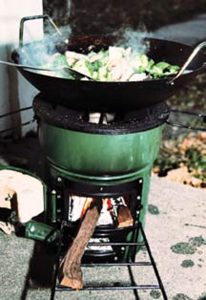
with wok.
never think could be grilled are delicious on the grill. Days after the earthquake in Haiti, I saw women cooking all sorts of things to sell on the street. As an Iowan, I was especially partial to grilled corn. Many women were using their grills to hold pots for boiling water or to deep-fry food.
Much of the world uses wood or charcoal burning stoves to cook. I have seen many variations of the cast-iron potbellied stove. Charcoal is often used in these stoves, because it is simpler to light and is usually processed for easier carrying and storage. Charcoal has a further advantage in that it yields a bed of coals faster than starting from raw wood. Unfortunately 70% of the heat available in the wood is wasted in the process of making charcoal. Large parts of the world are suffering from deforestation just to make charcoal. This has led to the search for more energy- efficient stoves that light quickly and use less fuel.
One such “rocket stove” is made by Stove Tec. It has a steel body and ceramic liner. It’s easy to light and, with just a few sticks and leaves from your yard, you can cook
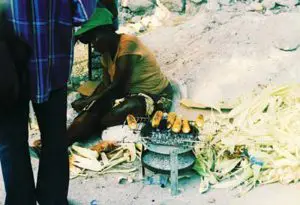
an entire meal. I had a cooking fire in 16 minutes, including the time it took to process two chunks of firewood into smaller pieces. I was able to cook for over two hours and there was wood left over for another meal. The stove also has the benefit of producing even and predictable heat.
In my book, the undisputed heavyweight champion of outdoor cooking is the Dutch oven. In the late 17th century, the Dutch used sand to cast ovens of superior quality. The Dutch oven played an important part in early American history. Colonists and settlers treasured Dutch ovens because of their durability and versatility. Dutch ovens can be used for baking, boiling, stewing, roasting, frying, and just about any other conceivable cooking method. Cast-iron cookware is still prized today
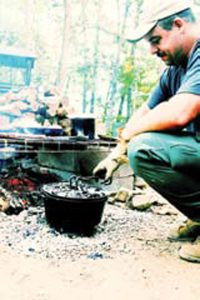
and often passed from one generation to the next. For outdoor use, I prefer a Dutch oven with three legs on the bottom and a lid with a rim to hold coals. Lodge Cast Iron makes good Dutch ovens in several sizes. They are available pre-seasoned. Unfortunately, Dutch ovens are heavy and best put to use as part of an established camp.
S.W.A.T. readers spend hundreds of hours practicing tactical shooting so that the skills become second nature. A big part of any medium- to long-term survival situation will be cooking. I suggest learning to cook outdoors using a variety of methods. You can plan that whatever cooking method you are used to will not be available or will fail during a crisis. Practice outdoor cooking when you are near the comforts of home and under no pressure. If you burn a pot of stew in your backyard, you can always go to a restaurant. When you’re in the middle of nowhere and you ruin a meal for a dozen people, it can get ugly.
Finally, I recommend that you learn to cook food from raw ingredients. Learn to make things like rice and beans. People throughout the world live on rice and beans. Learn to bake bread from flour, water, salt and yeast. Bake bread without yeast. Make a stew from raw meat and vegetables.
Sooner or later, you will run out of MREs and other prepared foods. When that happens, you will have one less thing to worry about if you are a competent cook.
